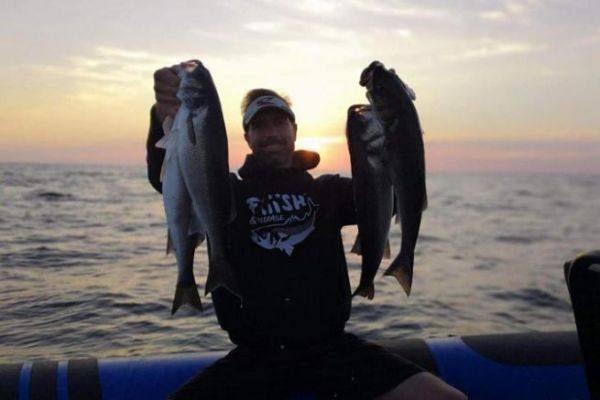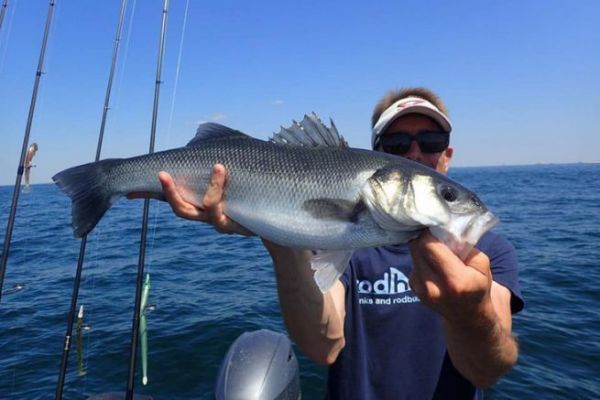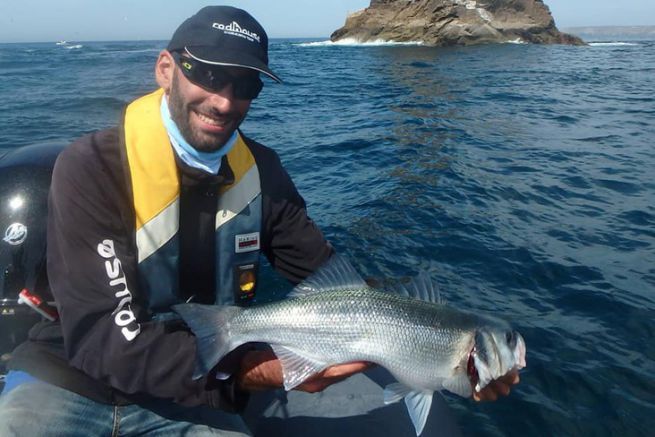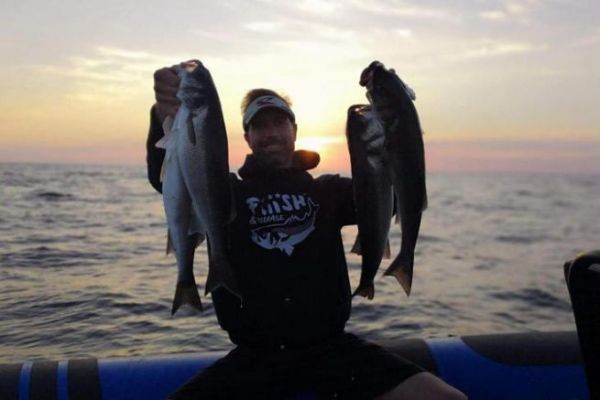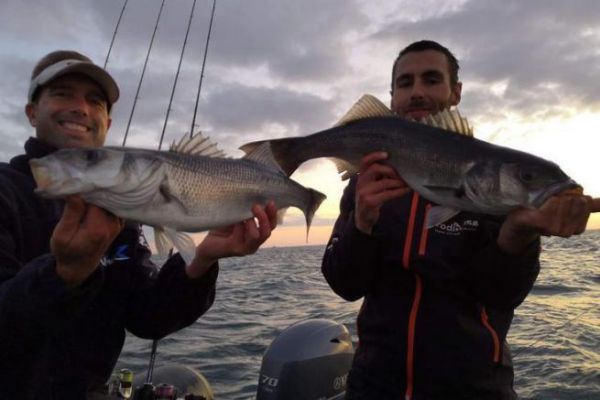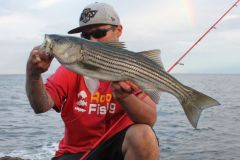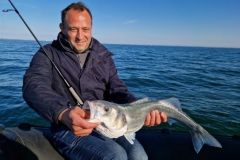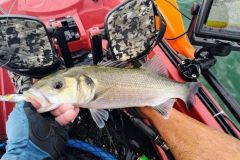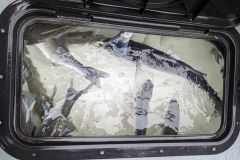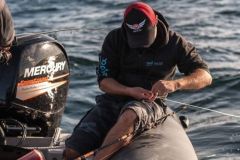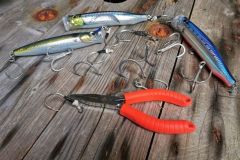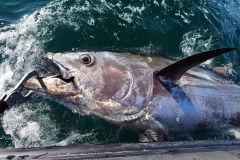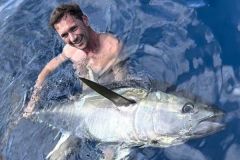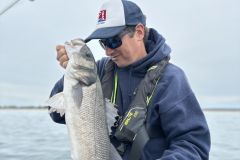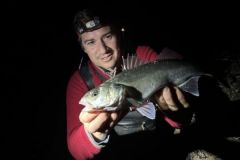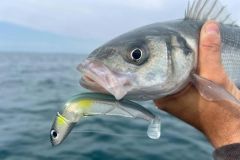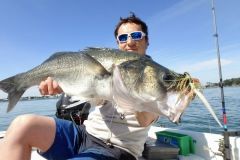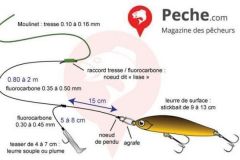Fishing on the fly, as we've seen, involves animating a finesse lure or a slug with a series of twhichs (low-amplitude jerks). But generally speaking, fishing on the fly is all about finding active fish between two waters, and sometimes the basic animation won't work...
Jerks rather than twists
The first possible adaptation is to use jerks, i.e. your animation will be wider to allow your lure to make larger lateral movements. To make jerks, as with twichs, you need to start your animation with your rod at 45° and make dry but more amplitude strokes, then release the tension of your line a little to allow it to glide over a greater distance. You can then vary the number of successive jerks and the descent time of your lure.
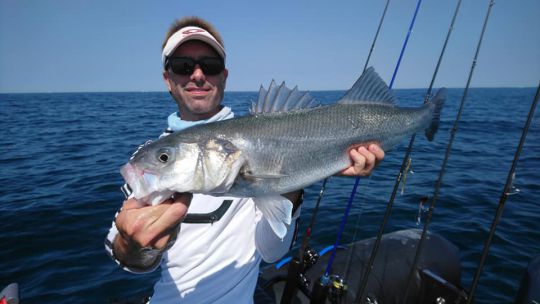
A staircase animation
Sometimes bass will be positioned close to the bottom but will only deign to attack a lure that flees to the surface for fear of it escaping.
Indeed, the natural reaction of a fish caught between two waters is to flee to the surface; this animation imitates this behavior.
To do this, simply make a few twitches after your lure has hit the bottom, then pause briefly so that your lure sinks less than it rose, then start again... In this way, your lure will rise from the bottom to the surface in a staircase, encouraging bass to follow and attack before it's too late.
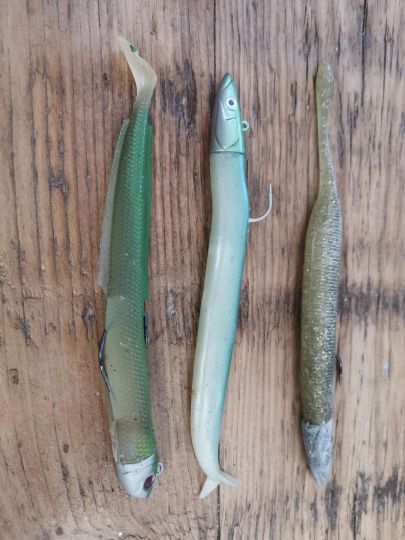
Longer lures
The variety of this type of fishing also lies in the use of lures that differ from the norm, i.e. longer lures. With rapid pulls similar to pull-fishing, but with less amplitude and more speed.
By animating an elongated slug in this way, it will undulate along the entire length of its body, emitting vibrations that can be felt from afar.
You can use 15-20 cm slugs, Crazy eels or even long softbaits with a small paddle like the Blue equille... In short, any lure that looks more like a sandeel than a sprat or sardine.
Staircase animation works particularly well with this type of lure!
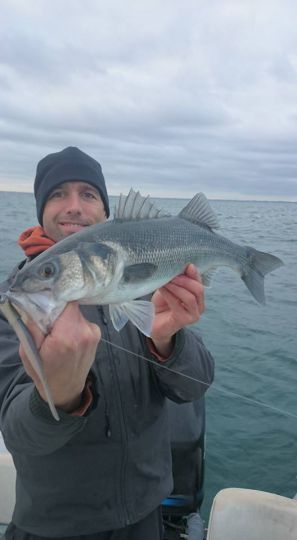
Small shads at last
While darting with a shad is indeed unfeasible, it is possible to seduce bass with this type of lure animated in the water layer. In the absence of bites, don't hesitate to present a small, very supple 4" to 5" shad at the same height as the bass.
You can animate them very quickly in a linear fashion, but also with a succession of low-amplitude pulls and releases. In the same way, you can animate it with short successive taps like a slug, but with more suppleness.
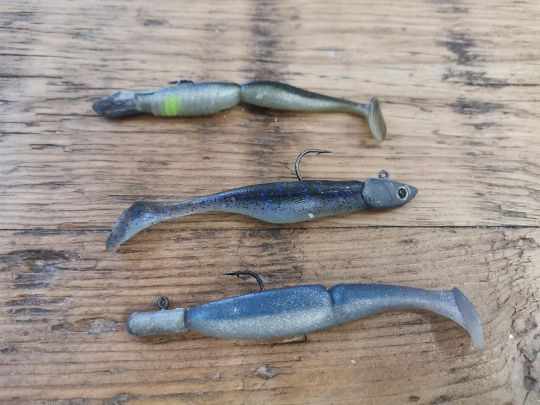
Now you can adapt to current conditions and the often-changing moods of the bars. On the same tide, depending on the intensity of the current, one presentation will work better than another, so don't hesitate to vary...

 /
/ 